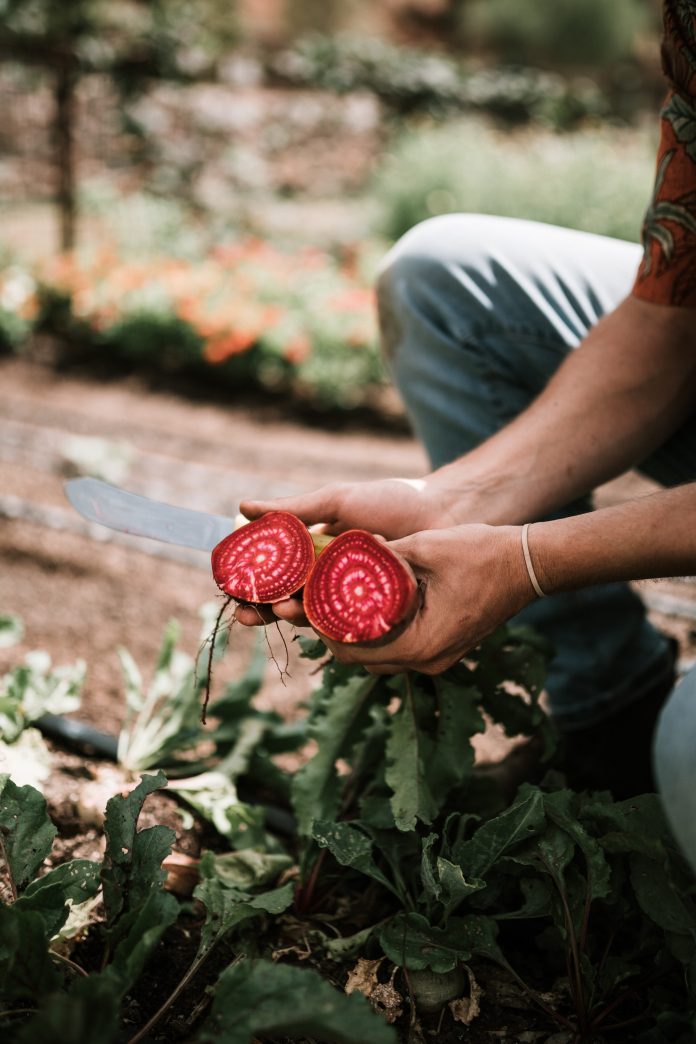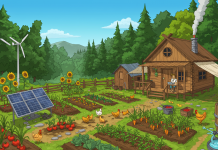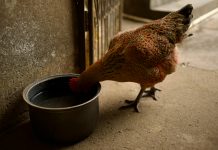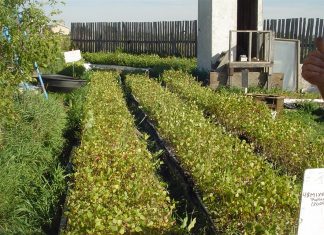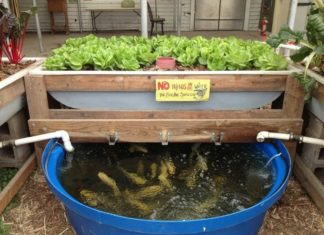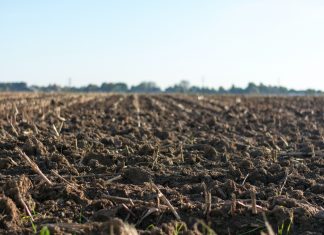Are you a homesteader, farmer, or gardener looking for a way to achieve maximum yields while preserving the land’s natural resources? Permaculture can provide an answer.
By implementing small-scale permaculture techniques tailored to your land and climate conditions, you can create an ecologically sustainable system that boosts production and strengthens biodiversity in harmony with nature.
In this blog post, we’ll take a look at some advanced permaculture methods designed to help you maximize your productivity while protecting the environment around you. So let’s get started!
The Benefits of Planting Diverse Crops in a Permaculture Garden
Growing and cultivating a permaculture garden can be a fun and enjoyable way to ensure a diverse and healthy ecosystem in your backyard. One of the greatest benefits of planting a wide variety of crops is the natural way they can work together to support each other.
By planting different crops, each with unique needs and nutrient requirements, you can create a healthy soil food web that keeps harmful pests and diseases at bay. Additionally, diverse crops can attract a wide range of beneficial insects and pollinators, which in turn can help improve soil fertility and increase crop yields. For added protection and peace of mind, integrating general pest control services can help manage unwanted pests more effectively, supporting a thriving and productive growing environment.
So, whether you’re an experienced gardener or just starting out, incorporating a diverse range of crops in your permaculture garden is a smart and sustainable way to grow healthy and delicious produce while preserving the health of the planet.
How to Maximize Your Space Using Composting Techniques
When it comes to gardening, space can be a valuable commodity. Fortunately, composting is a technique that can help maximize your growing capabilities, even in small spaces!
Composting involves decomposing organic matter, such as kitchen scraps and yard waste, to create a nutrient-rich soil amendment. By creating compost bins or utilizing worm composting techniques, you can not only reduce waste but also create fertile soil for your plants to thrive.
With a little creativity and some basic composting knowledge, you can turn even the tiniest garden space into a thriving green oasis. So why not give composting a try? You might be amazed at the results!
Utilize Polyculture for Maximum Yields
Are you looking for ways to increase your crop yields while also benefiting the environment? Look no further than polyculture!
Polyculture involves growing multiple crops in the same field and has been found to produce higher yields than monoculture farming. In addition, this method can help reduce pest and disease issues and improve soil health.
It’s a win-win! Not only that, but polyculture can also be a fun and exciting way to experiment with different crop combinations and see what works best for your farm. Give polyculture a try and see the amazing results for yourself!
Incorporating Animals into Your Permaculture Garden
If you’re looking to take your permaculture garden to the next level, consider adding some animals to the mix! Not only can they provide natural pest control, but their waste can also be used as valuable fertilizer.
Chickens are great foragers and can help turn over the soil while also producing eggs. Bees are essential for pollinating your plants, and their honey makes for a sweet treat. If you have the space, consider adding larger animals like goats or sheep for milk and wool production.
Just be prepared to provide them with proper shelter and care. Incorporating animals into your permaculture garden not only adds a new level of sustainability, but it’s also a fun way to connect with nature.
Taking Advantage of Natural Pest Control Methods
As much as we want a pest-free environment, it is often thought that using insecticides or pesticides is the only resort. While these chemicals may provide temporary relief, their long-term effects on our surroundings and health cannot be overlooked.
That’s why natural pest control methods are becoming increasingly popular. Apart from being eco-friendly, they are also hassle-free, cost-effective, and ultimately effective. Natural pest control methods include using predatory insects, such as ladybugs and lacewings, companion planting, and biological pesticides. If the pests are as problematic as mice, you may have to seek professional mice pest control services.
So why not ditch the harsh chemicals and take advantage of these natural methods to keep your home and garden pest-free? Not only will you be doing your bit for the environment, but also contributing to a safer and healthier living space.
Rainwater Harvesting Strategies for Sustainable Gardening
Rainwater harvesting is a perfect way to keep your garden lush and healthy while conserving water. It’s a sustainable gardening practice that has been gaining popularity and for a good reason. There are many strategies to choose from, such as using barrels, cisterns, or rain gardens.
By collecting and reusing rainwater, you can significantly reduce your water bill while helping the environment. Plus, you’ll know that your plants are getting natural, chemical-free water that is essential for their growth. So, get creative and find the right rainwater harvesting strategy for your garden. It’s a win-win for both you and nature!
Planting diverse crops in a permaculture garden is an advantageous way to harness nature and reap the rewards. Utilizing compost techniques can make your space more efficient. Adopting polyculture yields maximizes the number of crops you can grow per area. Incorporating animals into your garden also has its upsides, like natural pest control and fertilization. Rainwater harvesting is environmentally friendly and beneficial overall. Additionally, with so many different permaculture techniques that can be used when gardening, it’s difficult not to be captivated by the array of possibilities available! Whether you plan on planting occasional herbs or creating your own food forest, don’t forget to have fun and take pride in learning new methods for sustainable gardening in your permaculture journey!


